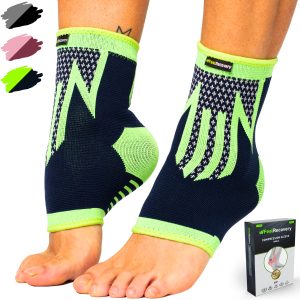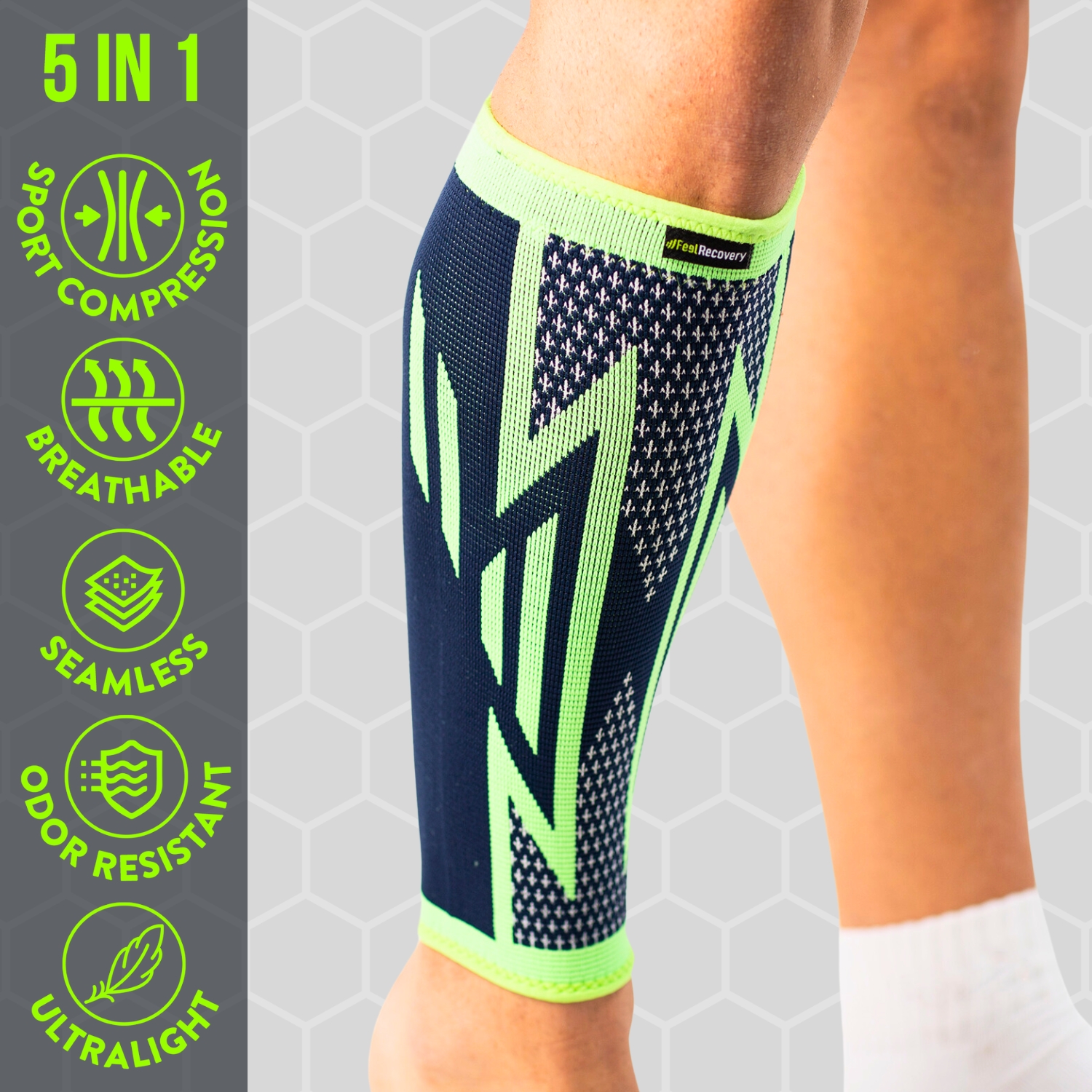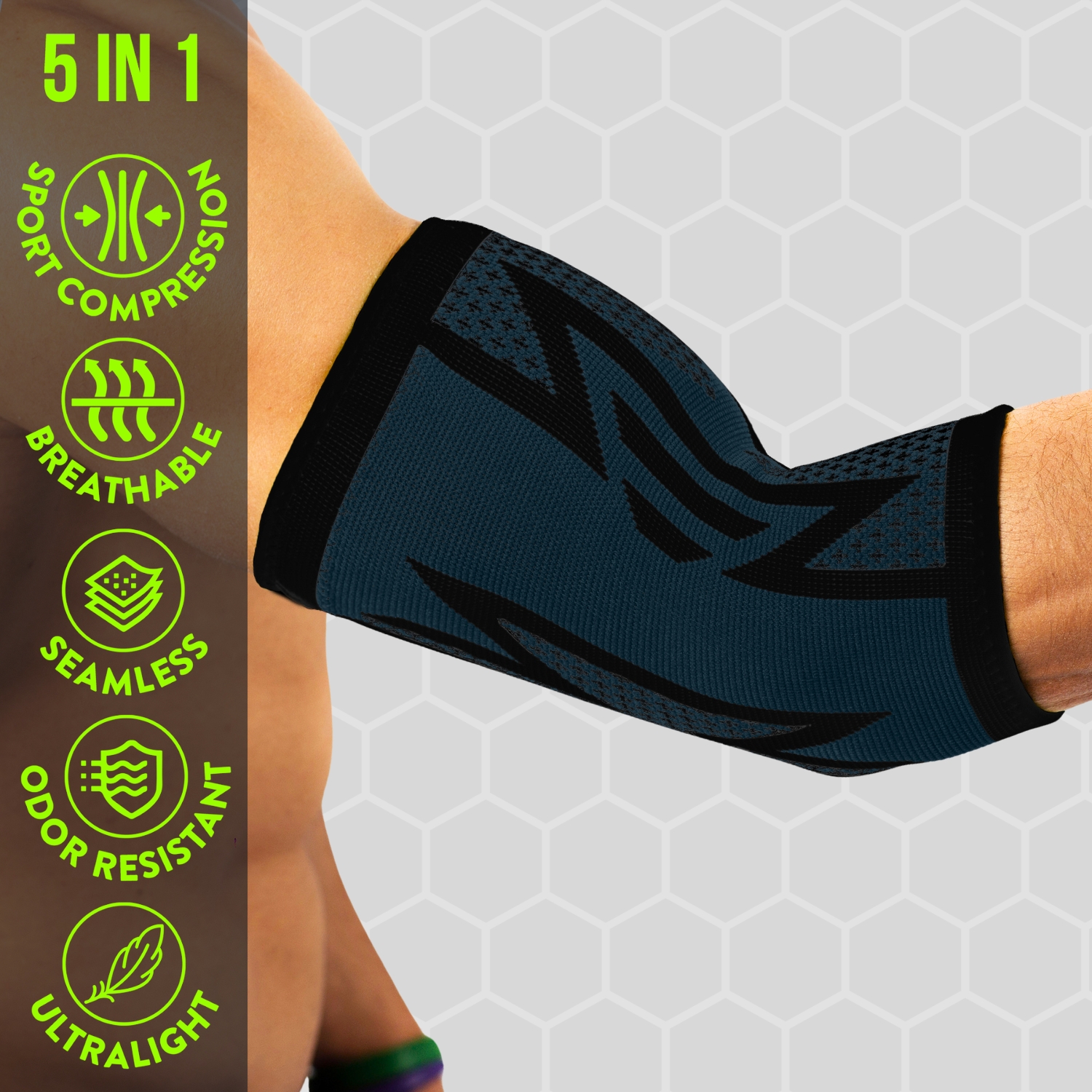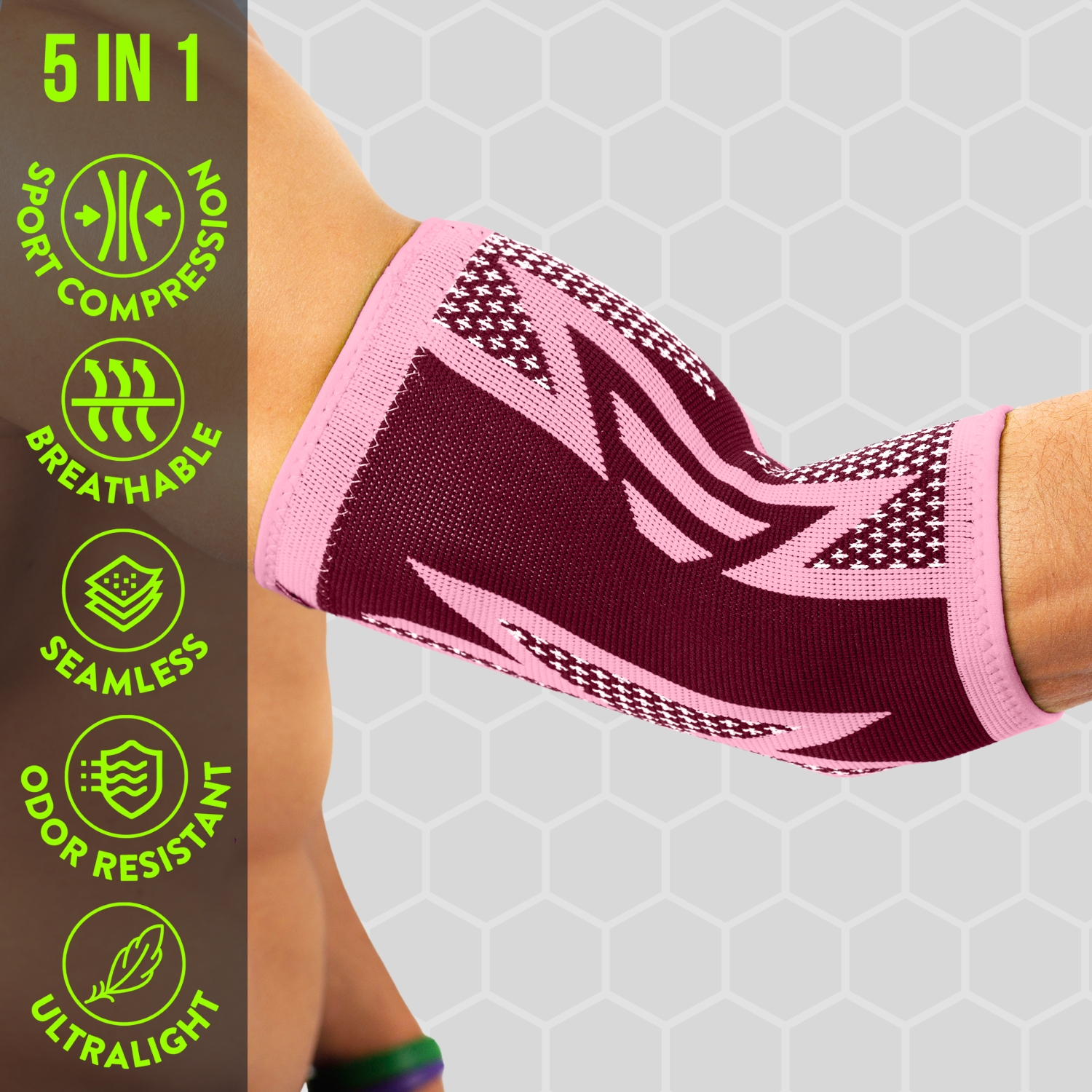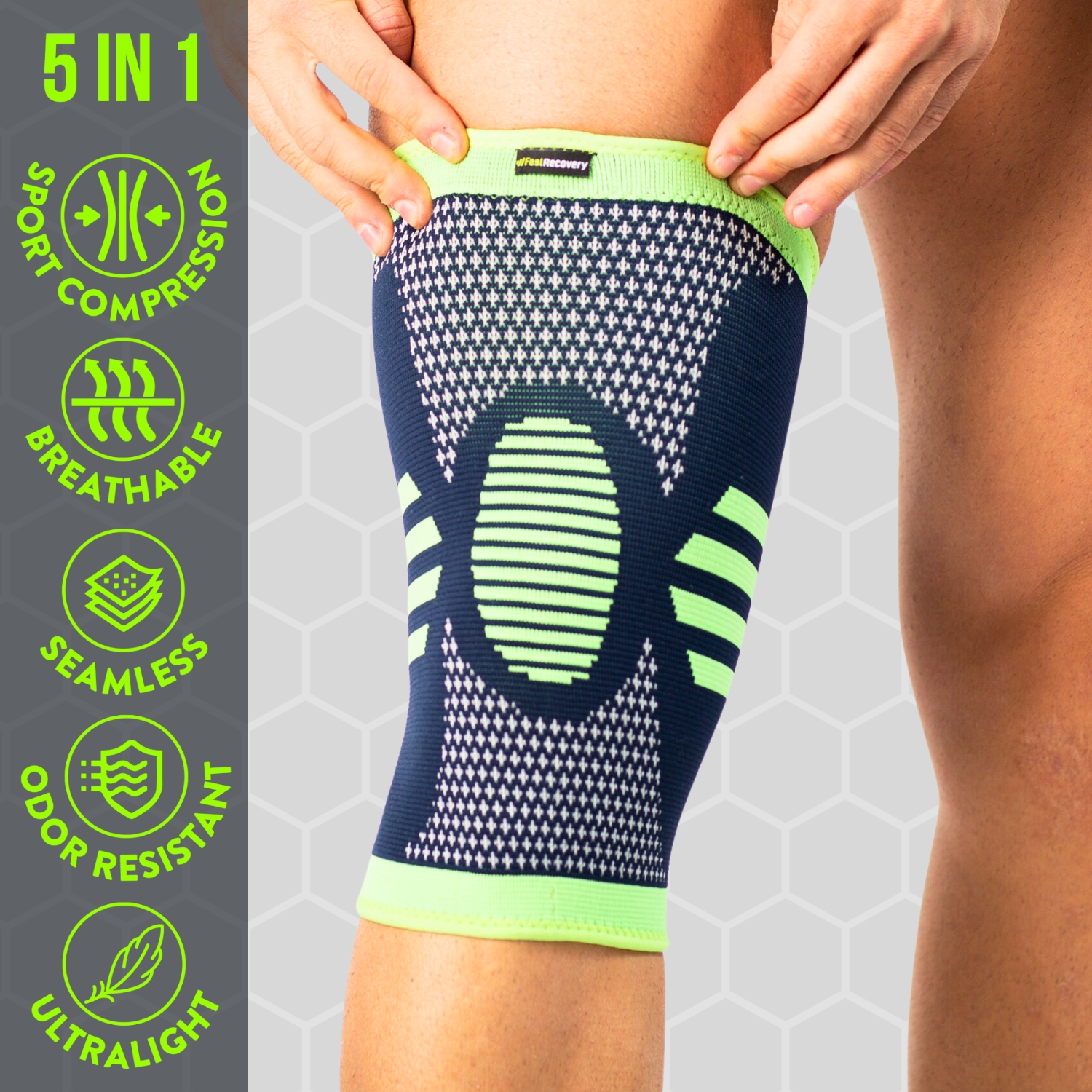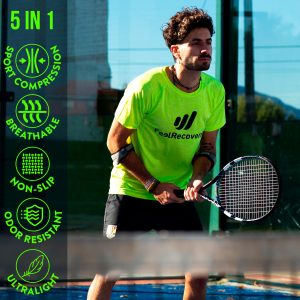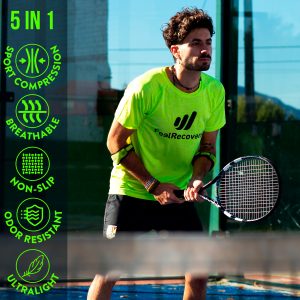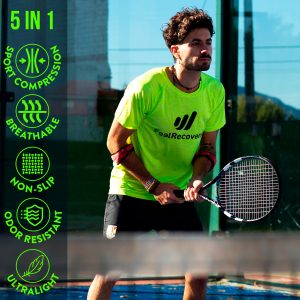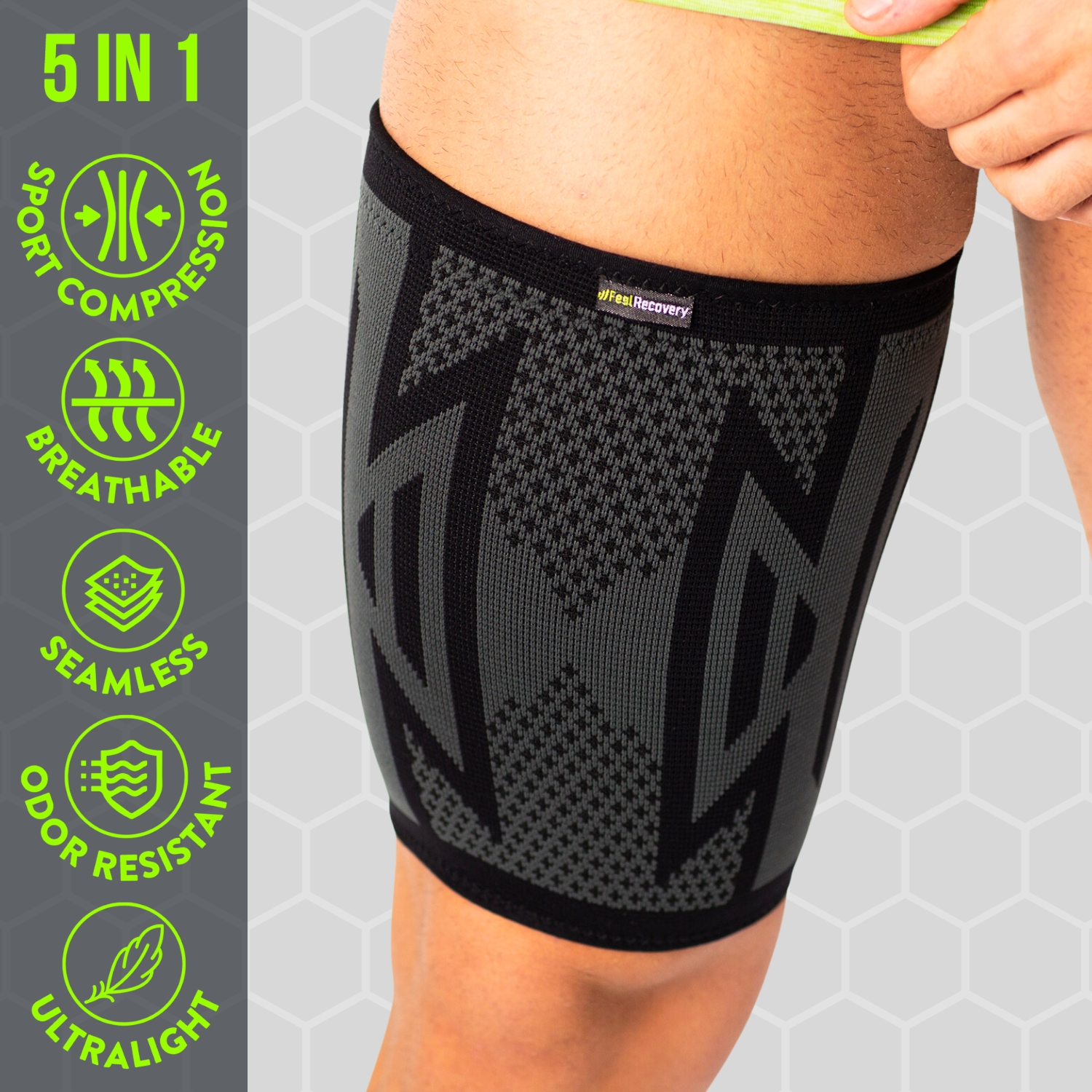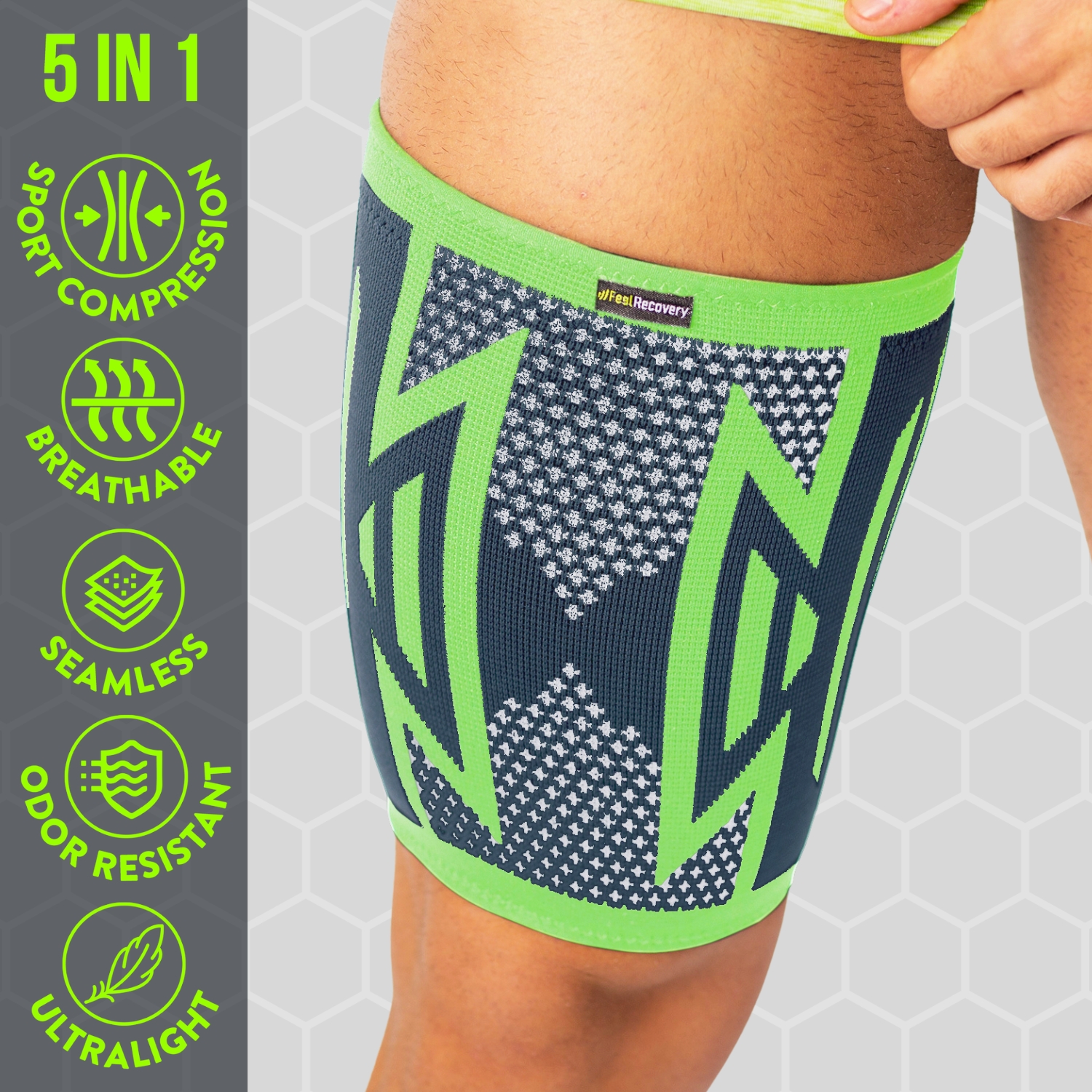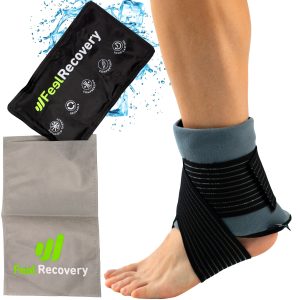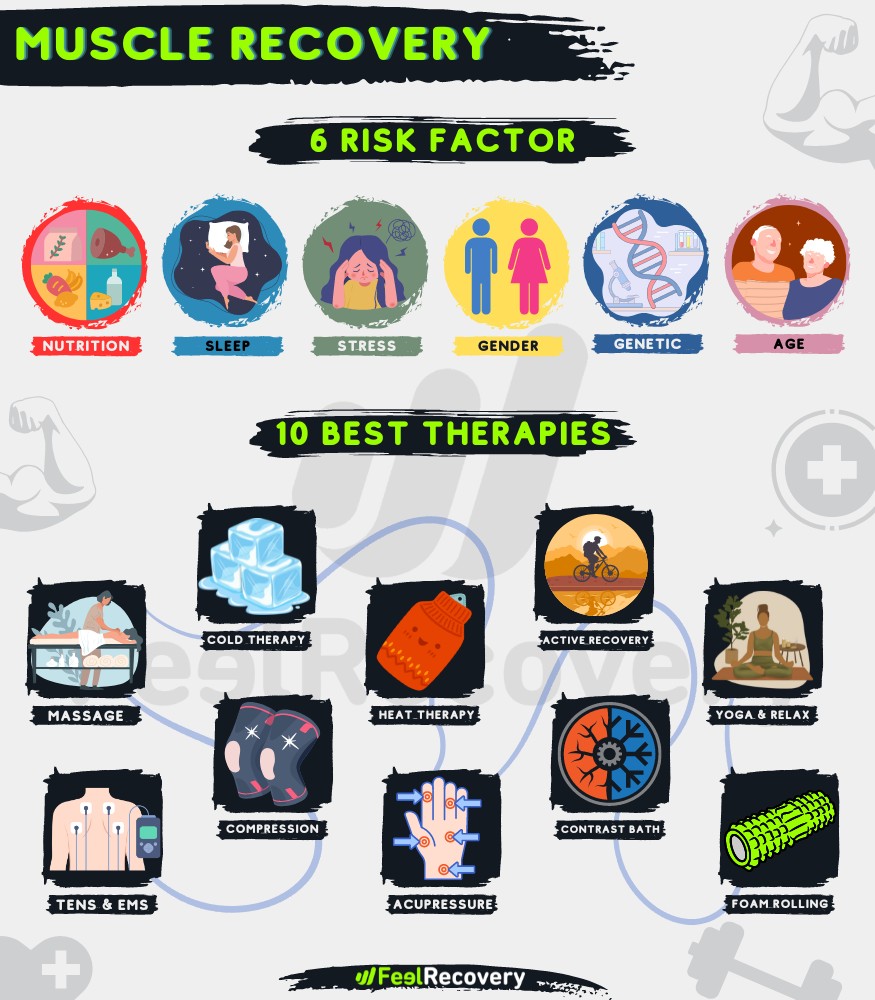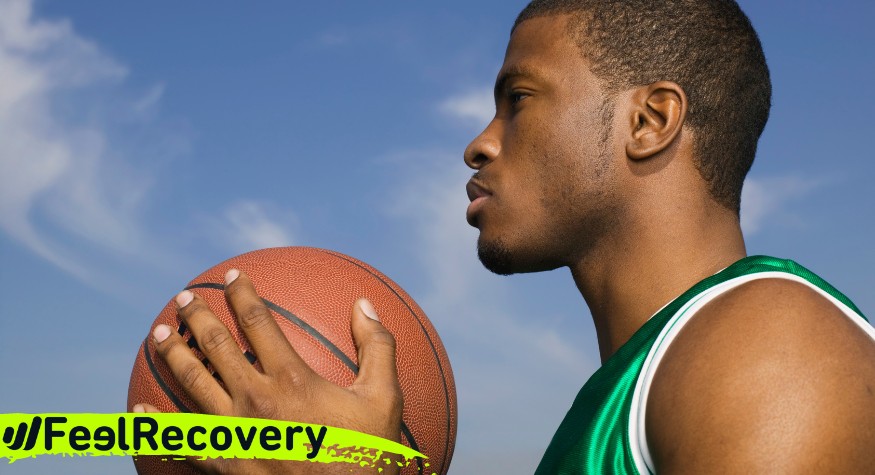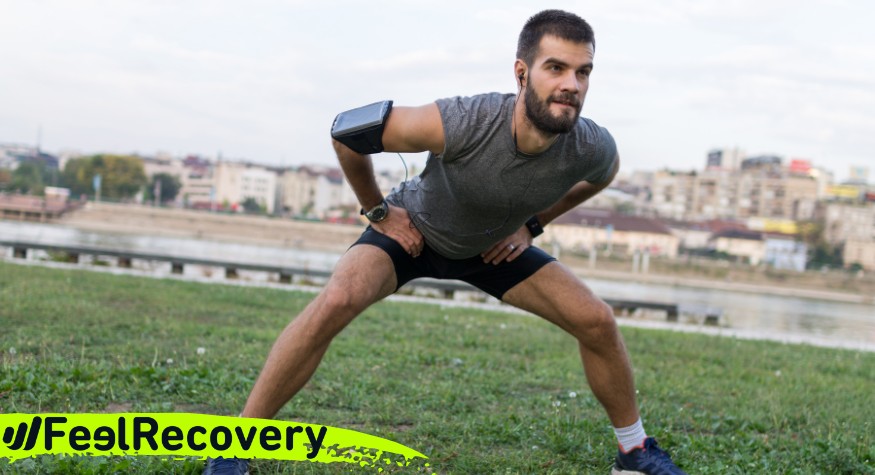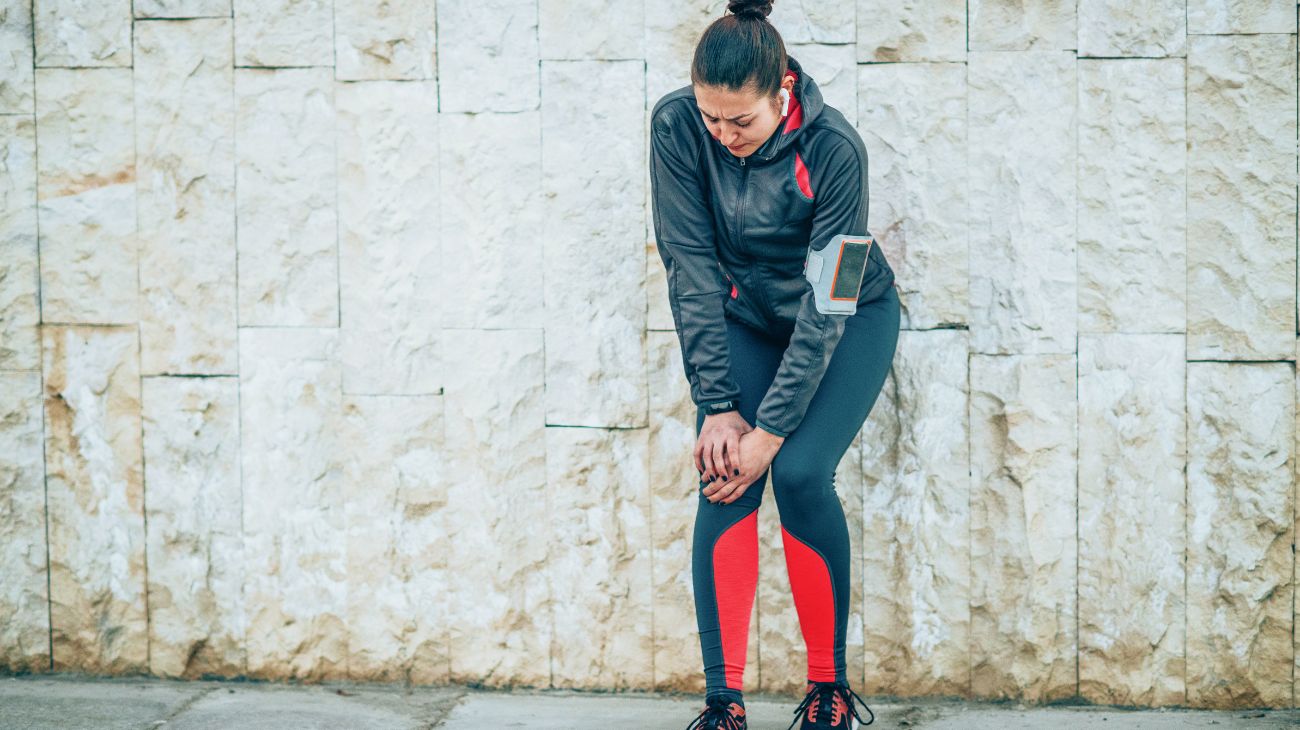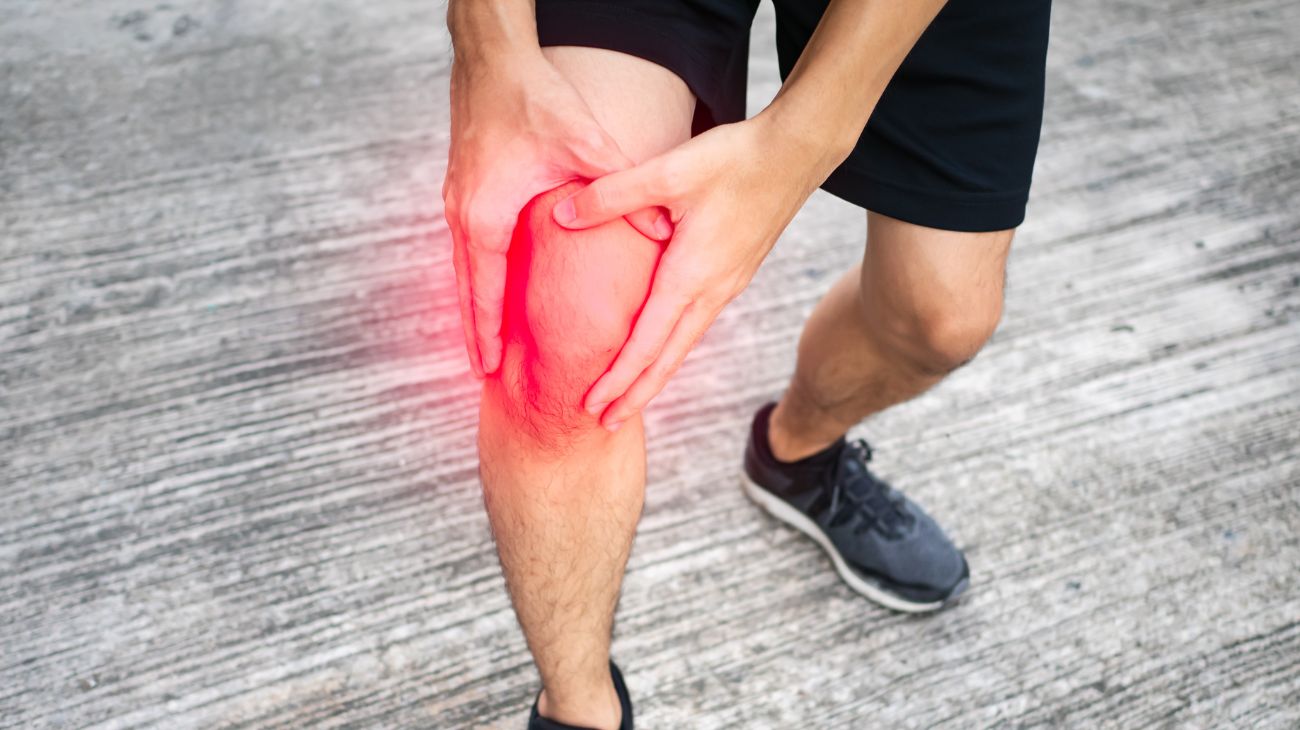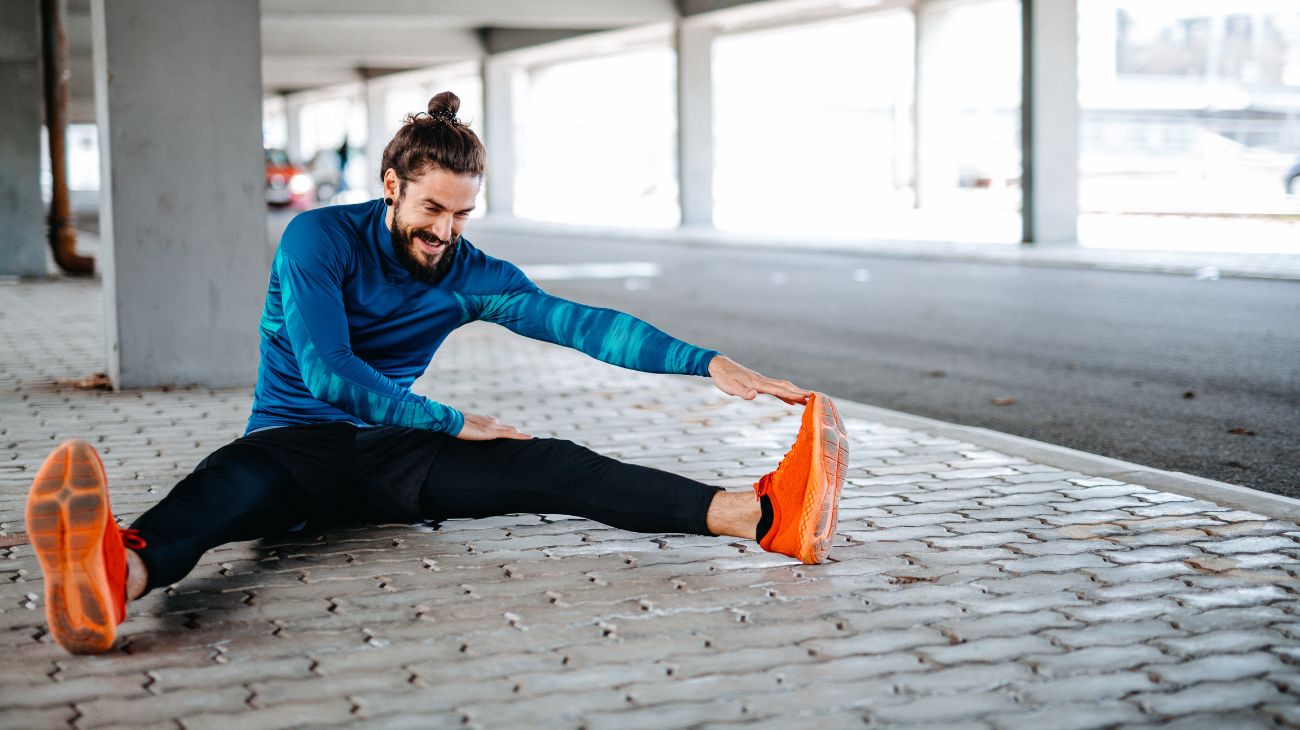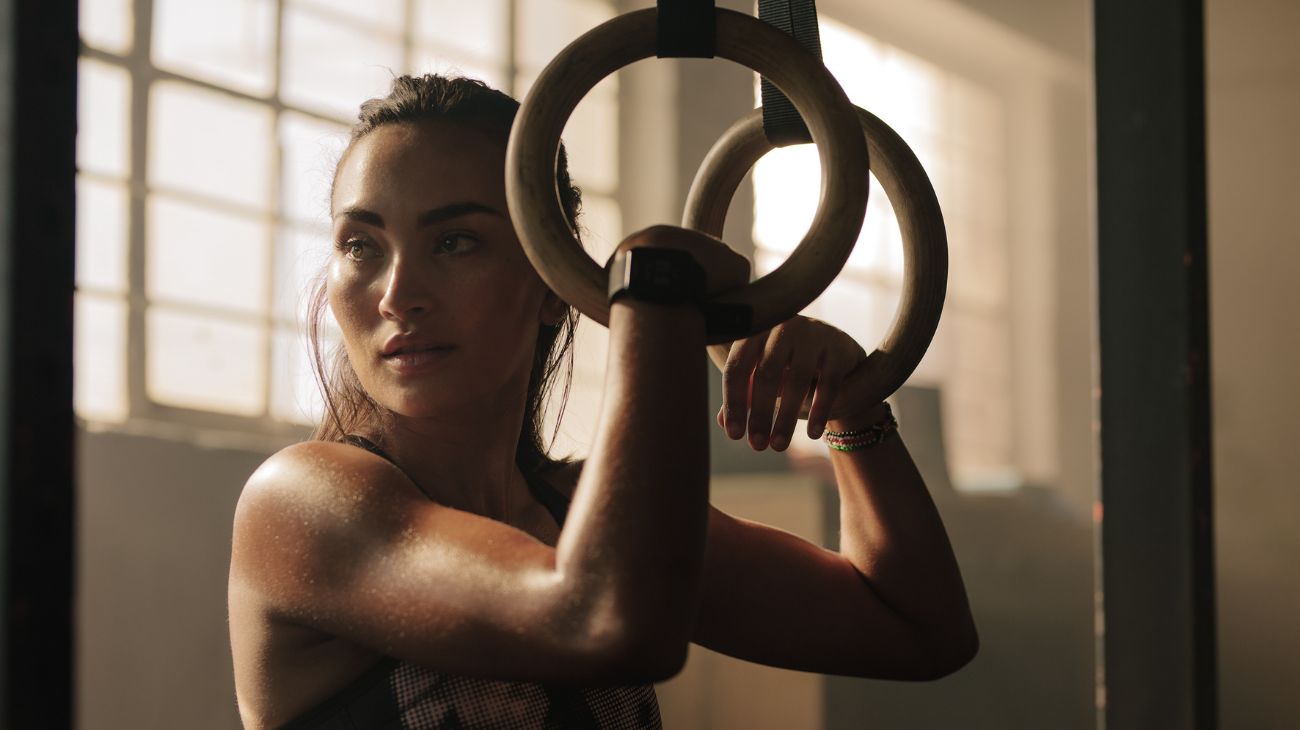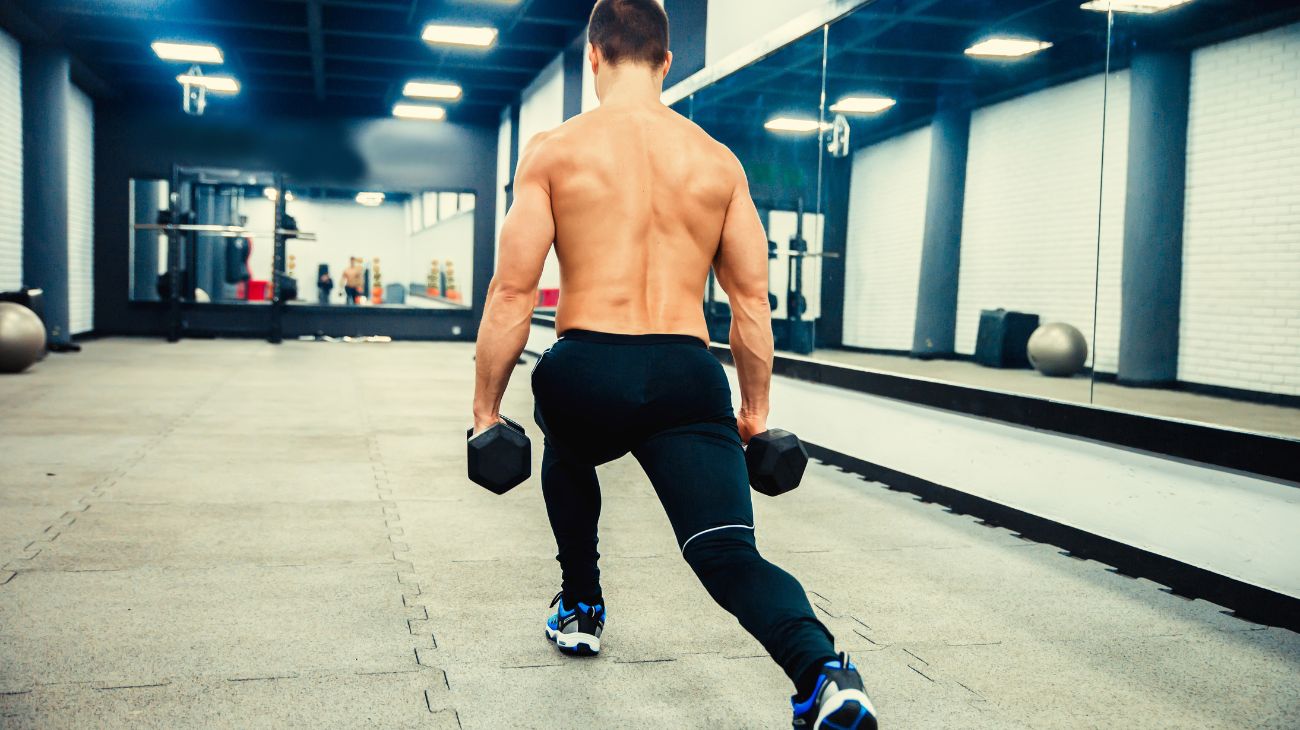- Best athletic performance products
- Key factors affecting sports and athletic performance
- The importance of physical fitness for athletic performance
- Nutrition for athletic performance improvement
- Rest and recovery for athletic performance improvement
- Mental toughness and focus for athletic performance improvement
- Best top 10 Warm-Up and Cool-Down Routines for Injury Prevention
- F.A.Q: Frequently asked questions
Sports and athletic performance are key components in the lives of millions of individuals worldwide. Whether it's professional athletes competing at the highest level or amateur enthusiasts looking to stay fit and healthy, understanding the mechanisms behind optimal sports performance is crucial. This includes not only physical fitness, but also mental preparation, nutrition, and injury prevention.
Physical therapists, as well as other healthcare professionals, play an important role in helping athletes achieve their goals by providing expertise in movement analysis, injury prevention and rehabilitation, and sport-specific conditioning. In order to maximize athletic potential and minimize the risk of injury, it is essential to have a comprehensive understanding of the factors that contribute to sports performance.
Best athletic performance products
bestseller
-
2 Ankle Compression Sleeve (Black/Gray)
$24.95 -
2 Ankle Compression Sleeve (Green/Navy)
$24.95 -
2 Ankle Compression Sleeve (Pink/Bordeaux)
$24.95 -
2 Calf Compression Sleeve (Black/Gray)
$24.95 -
2 Calf Compression Sleeve (Green/Navy)
$24.95 -
2 Calf Compression Sleeve (Pink/Bordeaux)
$24.95 -
2 Elbow Compression Sleeve (Black/Gray)
$24.95 -
2 Elbow Compression Sleeve (Green/Navy)
$24.95 -
2 Elbow Compression Sleeve (Pink/Bordeaux)
$24.95 -
2 Knee Compression Sleeve (Black/Gray)
$24.95 -
2 Knee Compression Sleeve (Green/Navy)
$24.95 -
2 Knee Compression Sleeve (Pink/Bordeaux)
$24.95 -
2 Patella Knee Strap (Black/Gray)
$14.95 -
2 Patella Knee Strap (Green/Navy)
$14.95 -
2 Patella Knee Strap (Pink/Bordeaux)
$14.95 -
2 Tennis Elbow Brace (Black/Gray)
$14.95 -
2 Tennis Elbow Brace (Green/Navy)
$14.95 -
2 Tennis Elbow Brace (Pink/Bordeaux)
$14.95 -
2 Thigh Compression Sleeve (Black/Gray)
$24.95 -
2 Thigh Compression Sleeve (Green/Navy)
$24.95 -
2 Thigh Compression Sleeve (Pink/Bordeaux)
$24.95
-
Back Support Belt (Black)
$49.95 -
Back Support Belt (Green)
$49.95 -
Back Support Belt (Pink)
$49.95 -
Foot Massage Roller for Plantar Fasciitis (Black)
$24.95 -
Foot Massage Roller for Plantar Fasciitis (Green)
$24.95 -
Foot Massage Roller for Plantar Fasciitis (Pink)
$24.95 -
Ice Massage Roller Ball (Black)
$39.95 -
Ice Massage Roller Ball (Green)
$39.95 -
Ice Massage Roller Ball (Pink)
$39.95 -
Shoulder Support Brace (Black)
$29.95 -
Shoulder Support Brace (Green)
$29.95 -
Shoulder Support Brace (Pink)
$29.95 -
Soft Density Foam Roller for Recovery (Black)
$39.95 -
Soft Density Foam Roller for Recovery (Green)
$39.95 -
Soft Density Foam Roller for Recovery (Pink)
$39.95 -
Sport Compression Socks (1 Pair) (Black/Gray)
$24.95 -
Sport Compression Socks (1 Pair) (Green/Navy)
$24.95 -
Sport Compression Socks (1 Pair) (Pink/Bordeaux)
$24.95
Key factors affecting sports and athletic performance
The factors affecting sports and athletic performance can be broadly classified into internal and external factors. The following are ten key factors affecting sports and athletic performance along with their brief explanations:
- Genetics: Genetics plays a significant role in determining an athlete's potential for success. It influences traits such as muscle fiber type, body type, and natural athletic ability.
- Age: Age affects athletic performance as it influences factors such as muscle mass, bone density, and joint flexibility.
- Nutrition: Proper nutrition is essential for optimal athletic performance. Adequate intake of macronutrients (carbohydrates, proteins, and fats) and micronutrients (vitamins and minerals) helps to provide energy, promote recovery, and prevent injury.
- Hydration: Proper hydration is vital for maintaining performance during exercise. Dehydration can lead to fatigue, decreased endurance, and impaired cognitive function.
- Rest and Recovery: Sufficient sleep is essential for recovery and performance. Poor sleep quality and quantity can lead to fatigue, decreased reaction time, and impaired cognitive function.
- Mental toughness: Mental toughness is essential for athletes to overcome challenges and perform at their best. It involves the ability to handle stress, stay focused, and maintain a positive mindset.
- Training: Proper training is necessary for athletes to improve performance. It involves a balance of cardiovascular exercise, strength training, and flexibility training.
- Injury history: Previous injuries can affect an athlete's performance by reducing mobility, strength, and endurance. Proper rehabilitation and injury prevention strategies are essential to minimize the risk of injury.
- Environment: Environmental factors such as temperature, altitude, and humidity can impact athletic performance. Athletes must prepare and adjust accordingly to optimize performance.
- Coaching: Effective coaching is essential for athletes to improve performance. It involves developing a training plan, providing feedback, and supporting mental and emotional well-being.
These factors are interrelated and can have a significant impact on athletic performance. Athletes and coaches must consider these factors when developing a training plan and preparing for competition.
The importance of physical fitness for athletic performance
Fitness is a critical component of sports performance. Athletes who are physically fit are better equipped to meet the physical demands of their sport, perform at a higher level, and reduce their risk of injury.
Fitness can be defined as the ability to perform physical activity. It involves a combination of cardiovascular endurance, muscular strength, muscular endurance, flexibility, and body composition.
Each of these components plays a critical role in sports performance:
- Cardiovascular endurance is essential for sports that involve sustained effort, such as distance running or cycling. It enables athletes to maintain a high level of performance for extended periods.
- Muscular strength and endurance are necessary for explosive movements and sustained effort, respectively. Athletes who are stronger and have greater endurance can perform at a higher level and maintain that performance over a more extended period.
- Flexibility is critical for maintaining proper joint alignment and preventing injury. Athletes who are more flexible are less likely to suffer from strains, sprains, or other injuries.
- Finally, body composition is an essential aspect of fitness. Athletes with a lower body fat percentage tend to perform better than those with a higher body fat percentage. This is because excess body fat can impair cardiovascular function and limit an athlete's ability to move efficiently.
In conclusion, fitness is a crucial aspect of sports performance. Athletes who are physically fit are better equipped to meet the demands of their sport, perform at a higher level, and reduce their risk of injury.
Nutrition for athletic performance improvement
Nutrition is crucial for improving sports performance. Athletes require proper nutrition to fuel their bodies and provide the necessary nutrients to support their training and competition. A well-balanced diet that provides the right amount of macronutrients (carbohydrates, proteins, and fats) and micronutrients (vitamins and minerals) is essential for optimal athletic performance.
Macronutrients
- Carbohydrates are the primary source of energy for the body and are crucial for high-intensity exercise. Athletes require sufficient carbohydrate intake to support their training and competition.
- Protein is necessary for muscle repair and growth, and athletes require more protein than sedentary individuals to support their training and recovery.
- Fats are also essential as they provide energy and support hormone production.
Micronutrients
Micronutrients, such as vitamins and minerals, are essential for a wide range of bodily functions, including energy production, immune function, and bone health. Athletes may require more micronutrients than sedentary individuals due to increased energy expenditure and sweat losses.
Hydration
Hydration is also essential for athletic performance. Dehydration can lead to fatigue, decreased endurance, impaired cognitive function, and increased risk of injury. Athletes should aim to drink sufficient fluids before, during, and after exercise to maintain proper hydration.
In conclusion, nutrition is crucial for improving sports performance. Athletes should aim to consume a well-balanced diet that provides the necessary macronutrients and micronutrients to support their training and competition. Proper hydration is also critical for optimal athletic performance.
Rest and recovery for athletic performance improvement
Rest and recovery are critical components of improving sports performance. Athletes need adequate rest and recovery time to allow their bodies to repair and adapt to the physical stresses of training and competition.
During exercise, the body undergoes physical stress that damages muscle tissue, depletes energy stores, and causes fatigue. Rest and recovery periods allow the body to repair this damage and replenish its energy stores, leading to improved performance.
Rest also allows the body to adapt to the stresses of training by building stronger muscles, improving endurance, and enhancing overall fitness. Without proper rest and recovery, athletes may experience overtraining, which can lead to fatigue, injury, and decreased performance.
Recovery can take many forms, including rest days, active recovery, massage, stretching, and proper nutrition. Adequate sleep is also essential for proper recovery, as it allows the body to repair and regenerate damaged tissue and replenish energy stores.
Best rest and recovery strategies for athletes:
- Sleep: Getting enough sleep is crucial for athletes' recovery as it allows the body to repair and recharge. Athletes should aim to get 7-9 hours of sleep each night.
- Active Recovery: Engaging in low-intensity activities such as yoga, stretching, or light jogging can help promote blood flow and aid in muscle recovery.
- Massage: Massages can help reduce muscle tension, promote circulation, and aid in recovery. Athletes can schedule regular massages with a trained therapist or use self-massage tools such as foam rollers.
- Nutrition: Proper nutrition is essential for recovery. Athletes should prioritize consuming enough protein to aid in muscle repair, carbohydrates to replenish glycogen stores, and healthy fats to reduce inflammation.
- Hydration: Adequate hydration is important for flushing out toxins and promoting recovery. Athletes should aim to drink enough water to replenish fluids lost during exercise.
- Ice Baths: Ice baths can help reduce inflammation and muscle soreness. Athletes can submerge their legs in ice water for 10-15 minutes after intense training sessions or competitions.
- Compression: Compression garments such as socks or sleeves can help reduce muscle soreness and aid in recovery by promoting blood flow.
- Mobility Work: Engaging in mobility exercises such as foam rolling or dynamic stretching can help improve range of motion and aid in recovery.
- Mindfulness and Relaxation: Engaging in relaxation techniques such as deep breathing, meditation, or visualization can help reduce stress and promote recovery.
- Rest Days: Taking regular rest days is essential for recovery. Athletes should prioritize taking at least one day off each week to allow their bodies to rest and recover.
Mental toughness and focus for athletic performance improvement
Mental toughness and concentration are essential for improving sports performance. Athletes need to be mentally strong to withstand the physical and mental demands of training and competition.
Mental toughness refers to an athlete's ability to remain focused, confident, and resilient in the face of adversity. It involves being able to handle pressure, maintain motivation, and overcome obstacles. Athletes with high levels of mental toughness are better able to perform under pressure, bounce back from setbacks, and push themselves to new levels of achievement.
Concentration is also critical for sports performance. Athletes need to be able to maintain focus and stay in the moment, blocking out distractions and maintaining attention to the task at hand. Concentration allows athletes to react quickly, make split-second decisions, and execute skills with precision.
The importance of mental toughness and concentration extends beyond physical performance. Athletes who are mentally tough and can concentrate effectively are better able to handle the psychological challenges of competition, such as anxiety, stress, and self-doubt.
Best mental toughness and focus strategies for athletes:
- Goal Setting: Setting clear and specific goals can help athletes stay focused and motivated. Goals should be challenging yet achievable and broken down into smaller, more manageable steps.
- Visualization: Visualization involves mentally rehearsing specific movements, scenarios, or outcomes. This can help athletes develop confidence and mental toughness by preparing them for different situations and outcomes.
- Positive Self-Talk: Encouraging and positive self-talk can help athletes stay motivated and focused. Athletes should avoid negative self-talk and instead focus on their strengths and past successes.
- Breathing Techniques: Deep breathing techniques can help athletes regulate their emotions and reduce stress and anxiety. Athletes can practice diaphragmatic breathing, box breathing, or other relaxation techniques.
- Mindfulness: Mindfulness involves being present and fully engaged in the current moment. Athletes can practice mindfulness through techniques such as meditation, yoga, or body scans.
- Mental Rehearsal: Mental rehearsal involves mentally practicing specific movements, scenarios, or outcomes. This can help athletes develop confidence and mental toughness by preparing them for different situations and outcomes.
- Reframing: Reframing involves changing the way athletes perceive a situation by focusing on the positive aspects. This can help athletes stay motivated and focused despite setbacks or challenges.
- Focus on the Process: Rather than focusing solely on the outcome, athletes should focus on the process and the steps needed to achieve their goals. This can help athletes stay focused and motivated throughout the training and competition process.
- Resilience: Resilience involves the ability to bounce back from setbacks or failures. Athletes can develop resilience by focusing on their strengths, seeking support from others, and staying optimistic.
- Mental Training: Mental training involves practicing mental skills such as visualization, positive self-talk, and relaxation techniques. This can help athletes develop mental toughness and focus, just as physical training can improve their physical performance.
Best top 10 Warm-Up and Cool-Down Routines for Injury Prevention
Warm-up and cool-down routines are crucial for preventing sports injuries as they prepare the body for physical activity and aid in recovery. Warm-up routines help increase blood flow, raise body temperature, and loosen muscles, reducing the risk of muscle strains and other injuries during exercise.
Cool-down routines help decrease heart rate, gradually lower body temperature, and aid in muscle recovery, reducing the risk of delayed onset muscle soreness (DOMS) and other injuries post-exercise. Incorporating proper warm-up and cool-down routines can help athletes perform at their best and minimize the risk of injury.
Warm-Up Routines
- Dynamic stretching: A series of movements that increase the range of motion and prepare the body for exercise. Examples include leg swings, walking lunges, and high knees.
- Foam rolling: Using a foam roller to release muscle tension and increase blood flow. Focus on the major muscle groups used during exercise.
- Cardiovascular exercise: A few minutes of low-intensity cardiovascular exercise, such as jogging or cycling, can increase heart rate and warm up the body.
- Plyometrics: Explosive exercises that help activate the nervous system and prepare the body for high-intensity exercise. Examples include jump squats and burpees.
- Joint mobility exercises: Gentle movements that increase joint mobility and flexibility. Examples include wrist circles, shoulder circles, and ankle circles.
Cool-Down Routines
- Static stretching: Holding stretches for 20-30 seconds can help reduce muscle tension and prevent stiffness. Focus on the major muscle groups used during exercise.
- Foam rolling: Using a foam roller to release muscle tension and increase blood flow. Focus on the major muscle groups used during exercise.
- Cardiovascular exercise: A few minutes of low-intensity cardiovascular exercise, such as walking or cycling, can help lower heart rate and cool down the body.
- Yoga: A few minutes of gentle yoga poses can help reduce muscle tension, improve flexibility, and promote relaxation.
- Breathing exercises: Slow, deep breathing can help reduce stress and promote relaxation. Focus on inhaling through the nose and exhaling through the mouth.
It's important to note that warm-up and cool-down routines should be tailored to the specific needs of the individual and the type of exercise being performed. Consult a certified personal trainer or physical therapist for personalized warm-up and cool-down routines that can help prevent injuries.
F.A.Q: Frequently asked questions
References
- Thomas, D. T., Erdman, K. A., & Burke, L. M. (2016). Nutrition and athletic performance. Med Sci Sports Exerc, 48(3), 543-568. https://www.vevu.hr/upload/kol_33/50Nutrition_and_Athletic_Performance.pdf
- Maffulli, N., Margiotti, K., Longo, U. G., Loppini, M., Fazio, V. M., & Denaro, V. (2013). The genetics of sports injuries and athletic performance. Muscles, ligaments and tendons journal, 3(3), 173. https://www.ncbi.nlm.nih.gov/pmc/articles/PMC3838326/
- Thomas, D. T., Erdman, K. A., & Burke, L. M. (2016). Position of the Academy of Nutrition and Dietetics, Dietitians of Canada, and the American College of Sports Medicine: nutrition and athletic performance. Journal of the Academy of Nutrition and Dietetics, 116(3), 501-528. https://www.sciencedirect.com/science/article/abs/pii/S221226721501802X
- Bonnar, D., Bartel, K., Kakoschke, N., & Lang, C. (2018). Sleep interventions designed to improve athletic performance and recovery: a systematic review of current approaches. Sports medicine, 48, 683-703. https://link.springer.com/article/10.1007/s40279-017-0832-x
- Shrier, I. (2004). Does stretching improve performance?: a systematic and critical review of the literature. Clinical Journal of sport medicine, 14(5), 267-273. https://journals.lww.com/cjsportsmed/Fulltext/2004/09000/Effects_of_power_and_flexibility_training_on.00004.aspx
- Crust, L., & Azadi, K. (2010). Mental toughness and athletes' use of psychological strategies. European Journal of Sport Science, 10(1), 43-51. https://www.tandfonline.com/doi/abs/10.1080/17461390903049972
- Smith, C. A. (1994). The warm-up procedure: to stretch or not to stretch. A brief review. Journal of Orthopaedic & Sports Physical Therapy, 19(1), 12-17. https://journals.lww.com/nsca-scj/Citation/1986/04000/Warm_up_and_athletic_performance__A_physiological.4.aspx
- Van Hooren, B., & Peake, J. M. (2018). Do we need a cool-down after exercise? A narrative review of the psychophysiological effects and the effects on performance, injuries and the long-term adaptive response. Sports Medicine, 48(7), 1575-1595. https://link.springer.com/article/10.1007/s40279-018-0916-2
- Copenhaver, E. A., & Diamond, A. B. (2017). The value of sleep on athletic performance, injury, and recovery in the young athlete. Pediatric annals, 46(3), e106-e111. https://journals.healio.com/doi/abs/10.3928/19382359-20170221-01
- Bishop, P. A., Jones, E., & Woods, A. K. (2008). Recovery from training: a brief review: brief review. The Journal of Strength & Conditioning Research, 22(3), 1015-1024. https://journals.lww.com/nsca-jscr/Fulltext/2008/05000/Central_and_Peripheral_Fatigue_after.00049.aspx




